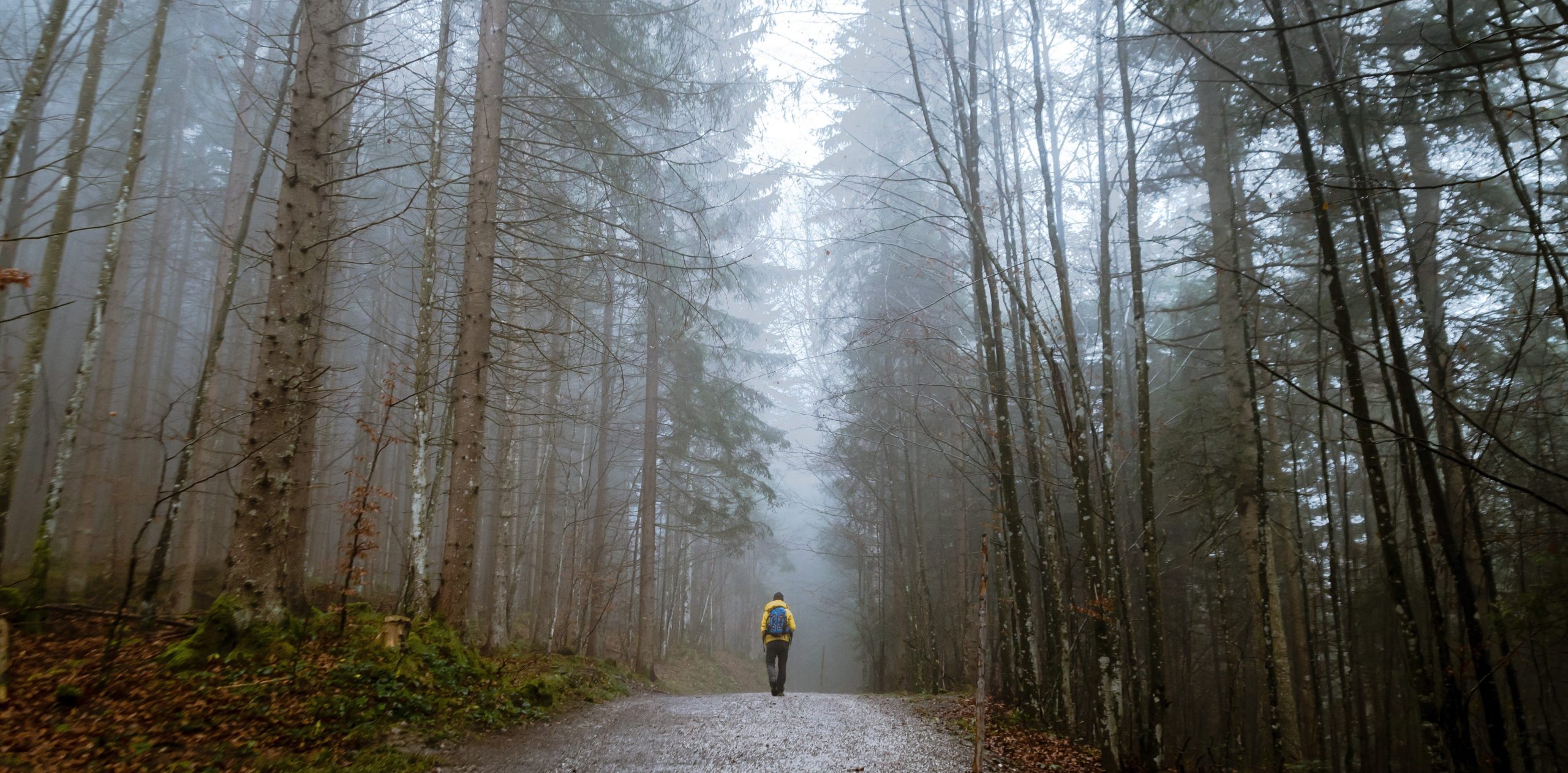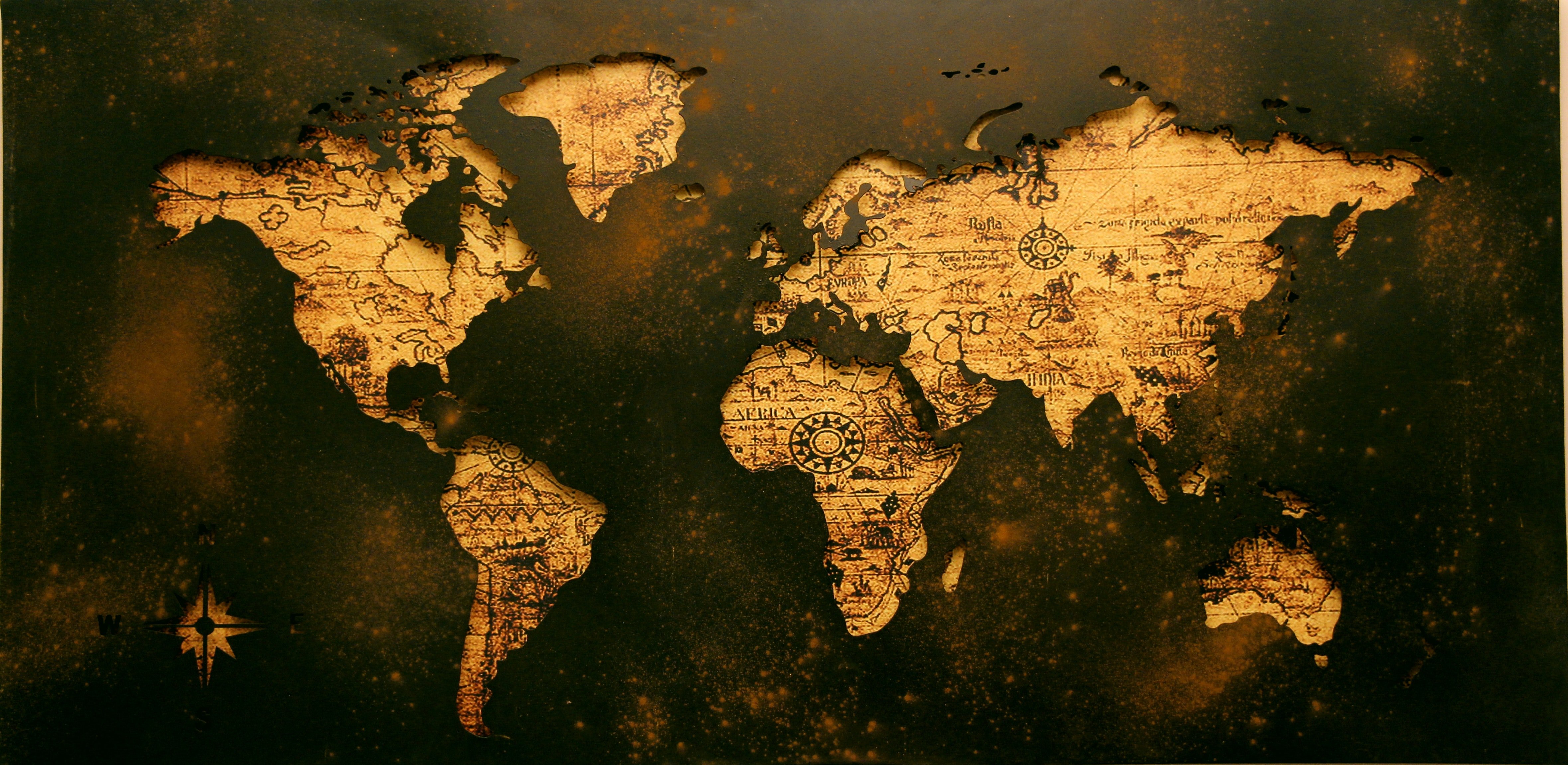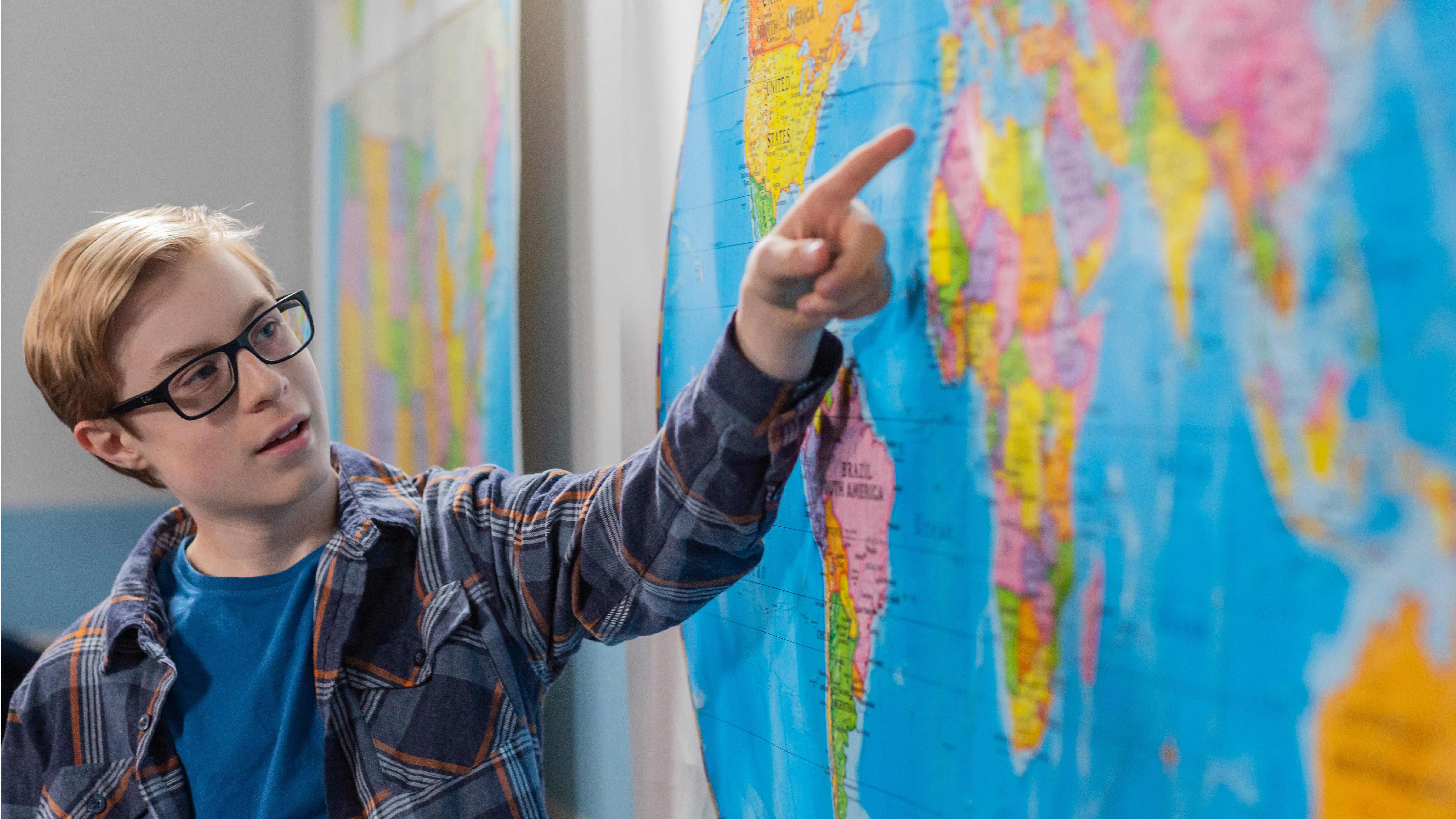“History, despite its wrenching pain cannot be unlived, but if faced with courage need not be lived again.” – Maya Angelou
History needs to be taught in its totality, from the glorious high points of achievement to the lows of human suffering. Social studies and geography are as intertwined as a narrative is dependent on its setting. To understand a story, we must understand where the story started.
Social studies is more than just retelling a cliff notes version of history focusing on the rise and fall of empires. True social studies gives students a way to analyze how humans understand themselves, and tries to make sense of how social and worldly interactions evolve. Environment directly impacts that evolution. From historical vantage points to embracing a modern, interconnected world, geography and social studies frame our understanding of why people act the way they do. At the end of the day, both subjects concurrently help students grasp how their present place in the world can impact their future. Influenced by the Canadian Geographic Education website, below are more in-depth benefits of incorporating social studies and geography together:
1. Human relationships at home and abroad
The study of social studies really starts at home and in the community. Students should develop mental maps of their own communities to help ground their relationships with their neighbors, teachers, and other members of their immediate surroundings. Most importantly, students can connect with how their own community interacts and their own values.
2. Connection with nature
Studying geography deepens students’ appreciation for the awesomeness of nature. Moreover, students can see the history of society’s responses to become caretakers of their natural environments. Ideally this inspiration would lead students to learn from these myriad of examples and continue our global effort to be caretakers of our world.

3. Weather and natural disasters
The influence of weather on the development of where communities start, struggle, and succeed is a great geographical study of history. Students can always study human reaction to weather and natural disasters to inform themselves about society’s values. It can also provide an avenue to spark discussion around government planning and response, economic struggles during a disaster, technological developments, and give students a way to exercise their critical-thinking skills.
4. Human effects of the Earth
Humans continue to leave a footprint on our world that is unmatched by any other species. Teaching geography and socials studies together helps students unpack the history of how human beings are continuing to shape our world. Just looking at the Sahara Desert or the Great Pacific Garbage Patch are prime examples of how we affect the well-being of our planet.
5. Spatial and causal relationships
Studying geography concurrently with social studies can also improve students understanding in math and science. Geography can be a gateway for students to understand spatial and causal relationships. By developing a sense of the interconnection of place, students can use these same global understandings to thinking like a mathematician and critical scientist.

6. Global interdependence and world citizenship
Through the study of geography, students can see the world of human connectedness. The ultimate goal of teaching social studies is to help guide our students to make healthy life choices for themselves and others based upon the lessons from history. By teaching geography and history together, we can help frame how geography impacted societies as well as how it helped shape human choices. Ideally, students can then take those examples and apply it to their own lives. In an effort to make their lives richer and more dynamic, students can learn from history’s lessons and become more thoughtful citizens of the world.
7. City planning
We know that the development of society is far from random. By outlining the influence of geography, students can unpack the why’s behind the development of their own home communities and then transfer that understanding to community development throughout history. Looking at city structures and communal layouts in the classroom may even spark student interest and lead to a career path in city planning or architecture.
How do you use geography to help guide students’ understanding of social studies? We would love to hear from you.
Nystrom mapping can teach your students geography and history together
Ken Klieman is the author of Building an Empathy-Based Classroom, and has taught over 5,500 students and trained over 3,000 teachers. Ken has been awarded both California Teacher of the Year and Comcast All-Star Teacher of the Year. His work as a leading teacher trainer for the NEA and CTA and keynote speaker have solidified his pedagogical approach focusing on community building through performance-based, student-inquiry projects.


Social Studies is not a subject, but an umbrella term for the actual social science subjects of geography, history, economics, and government – but can also include sociology, anthropology, and others. What is described in this article is largely GEOGRAPHY. So, why confuse people and perpetuate the very harmful myth that social studies is an academic subject?